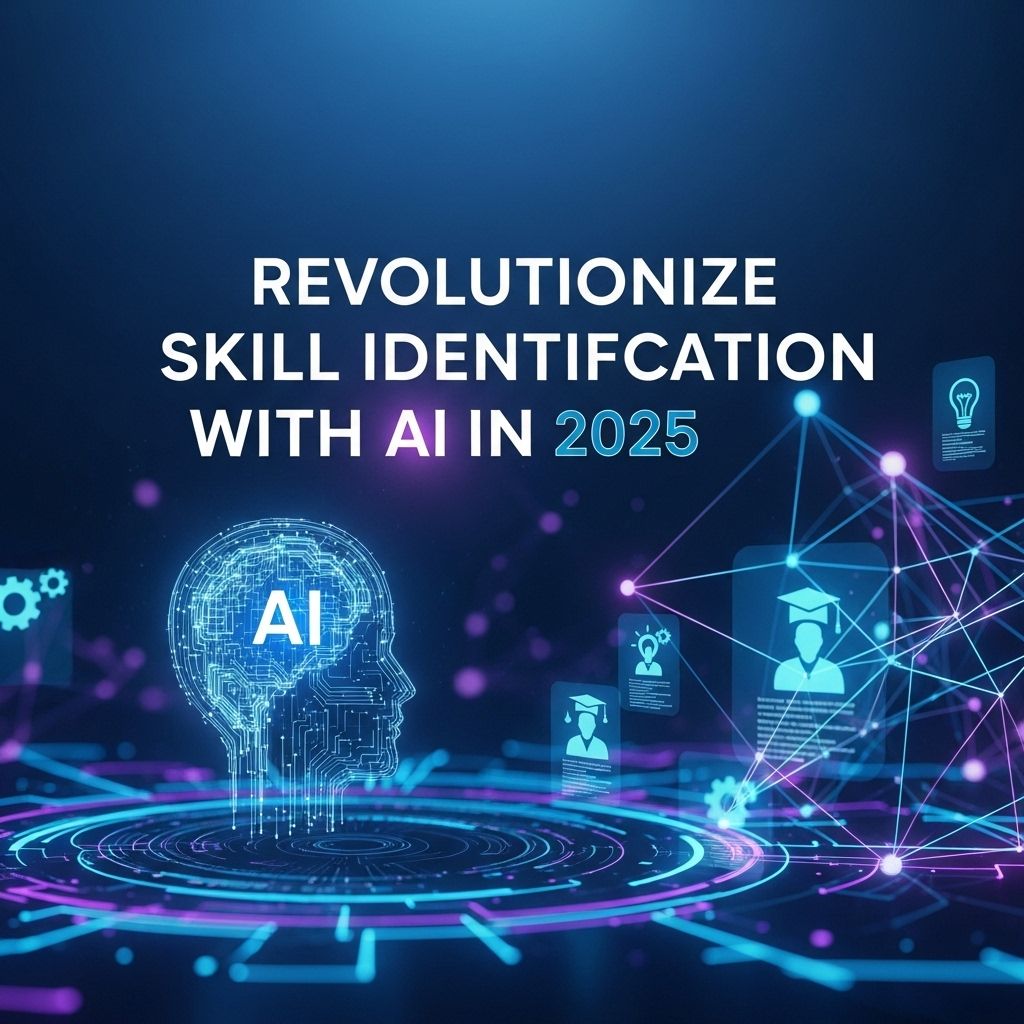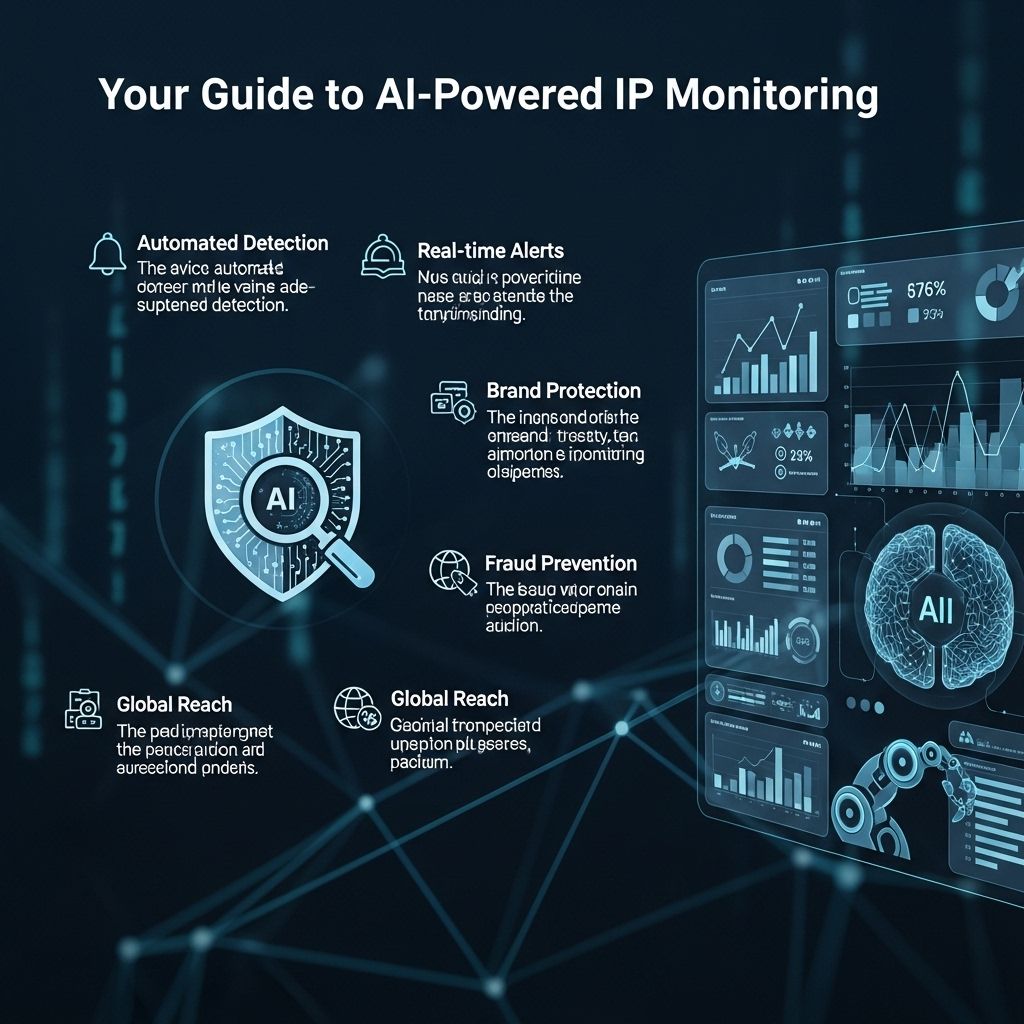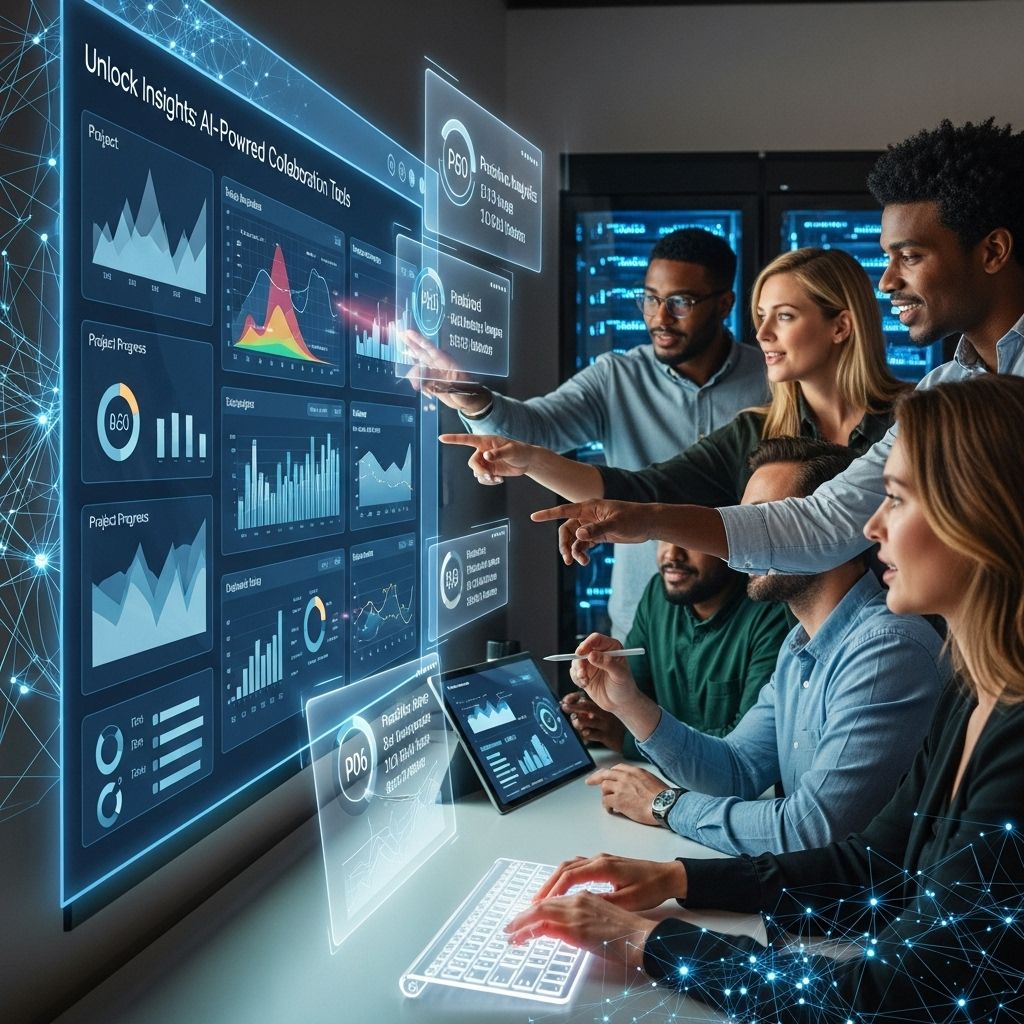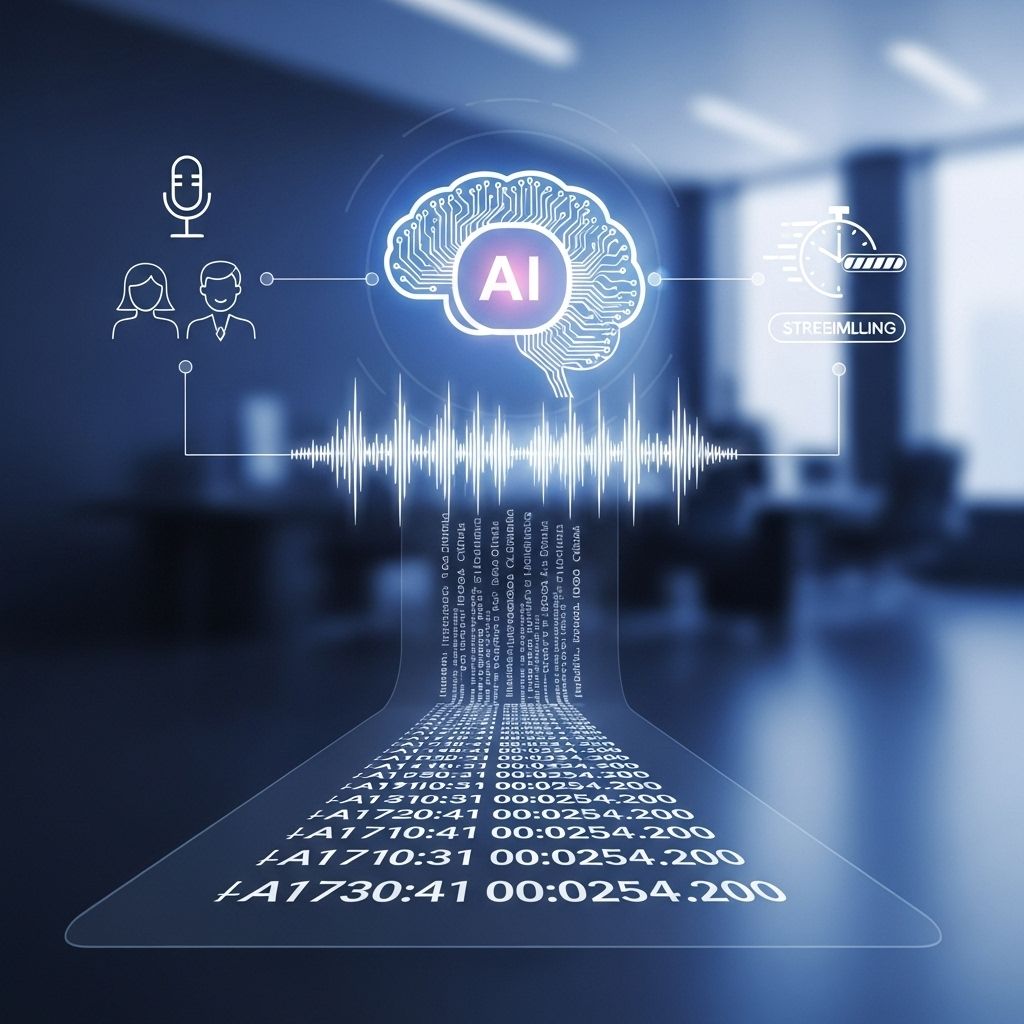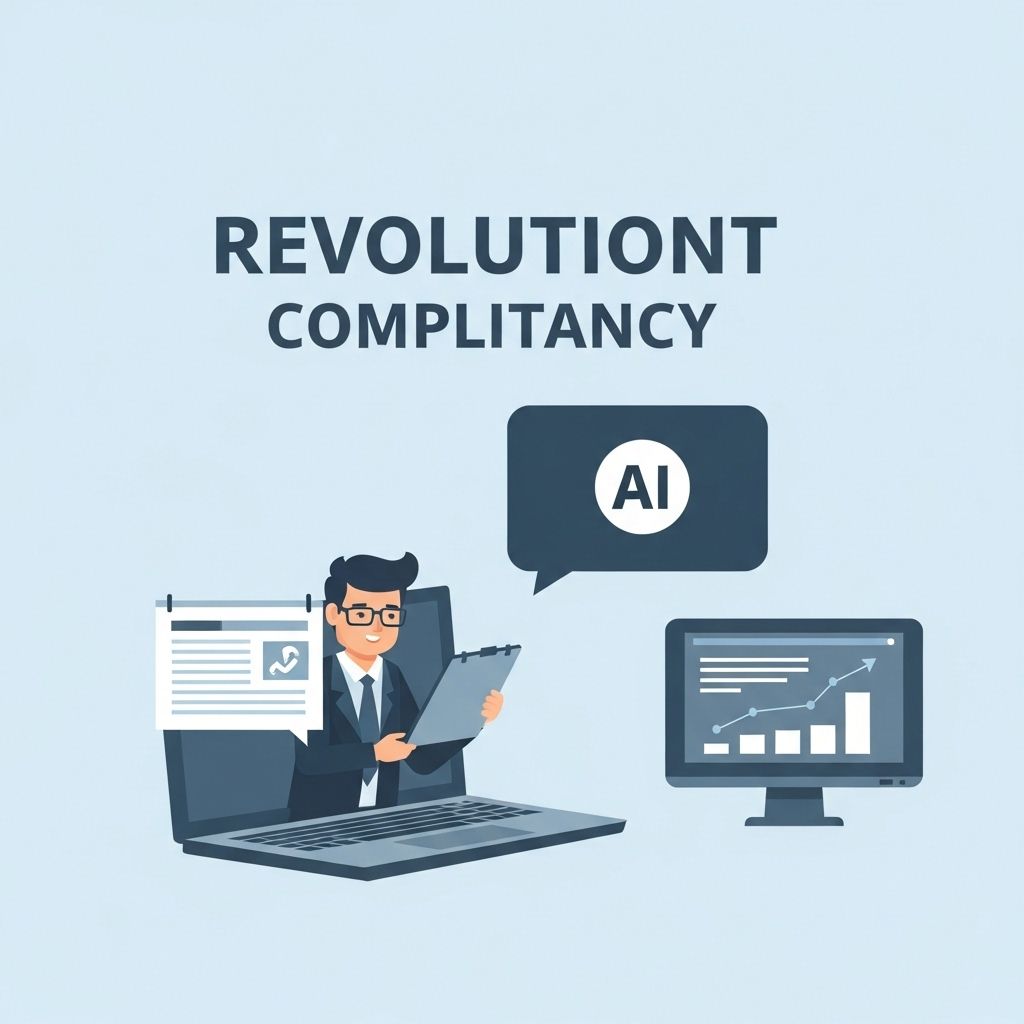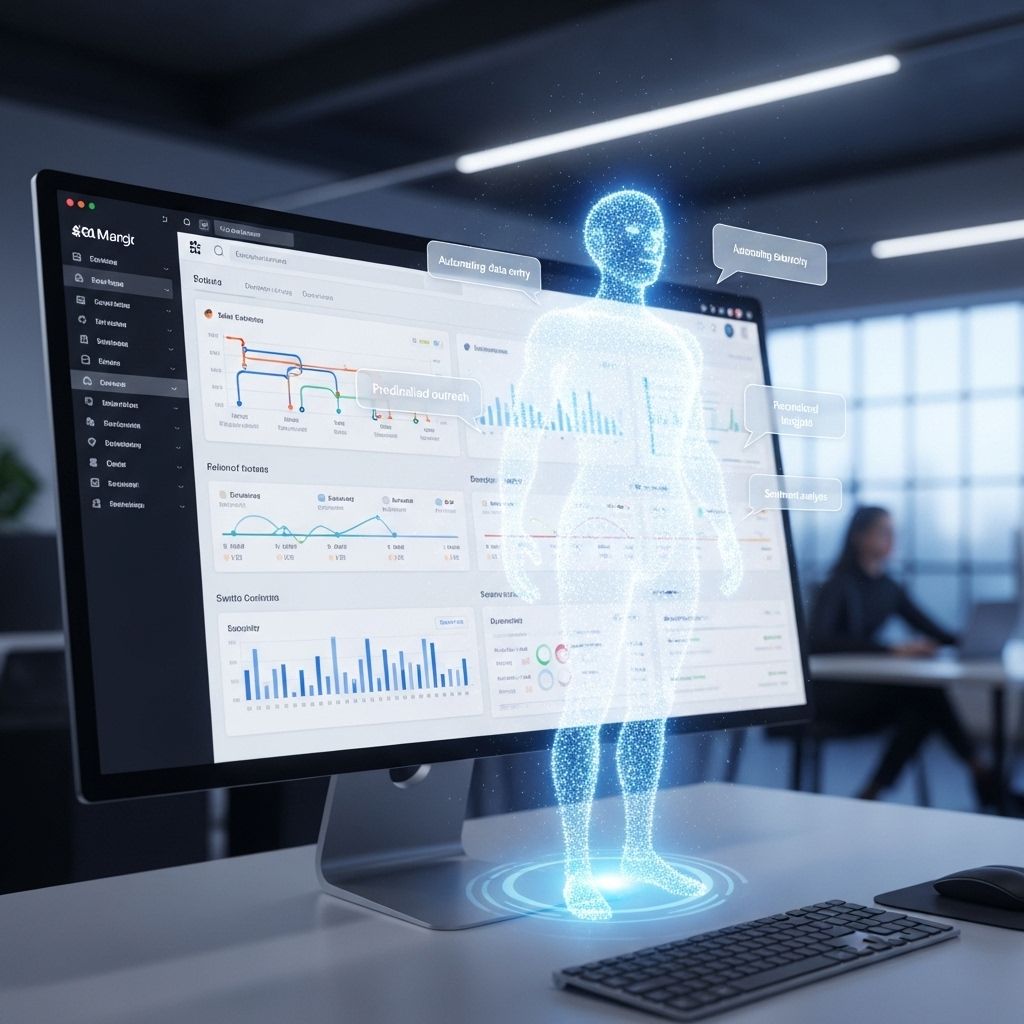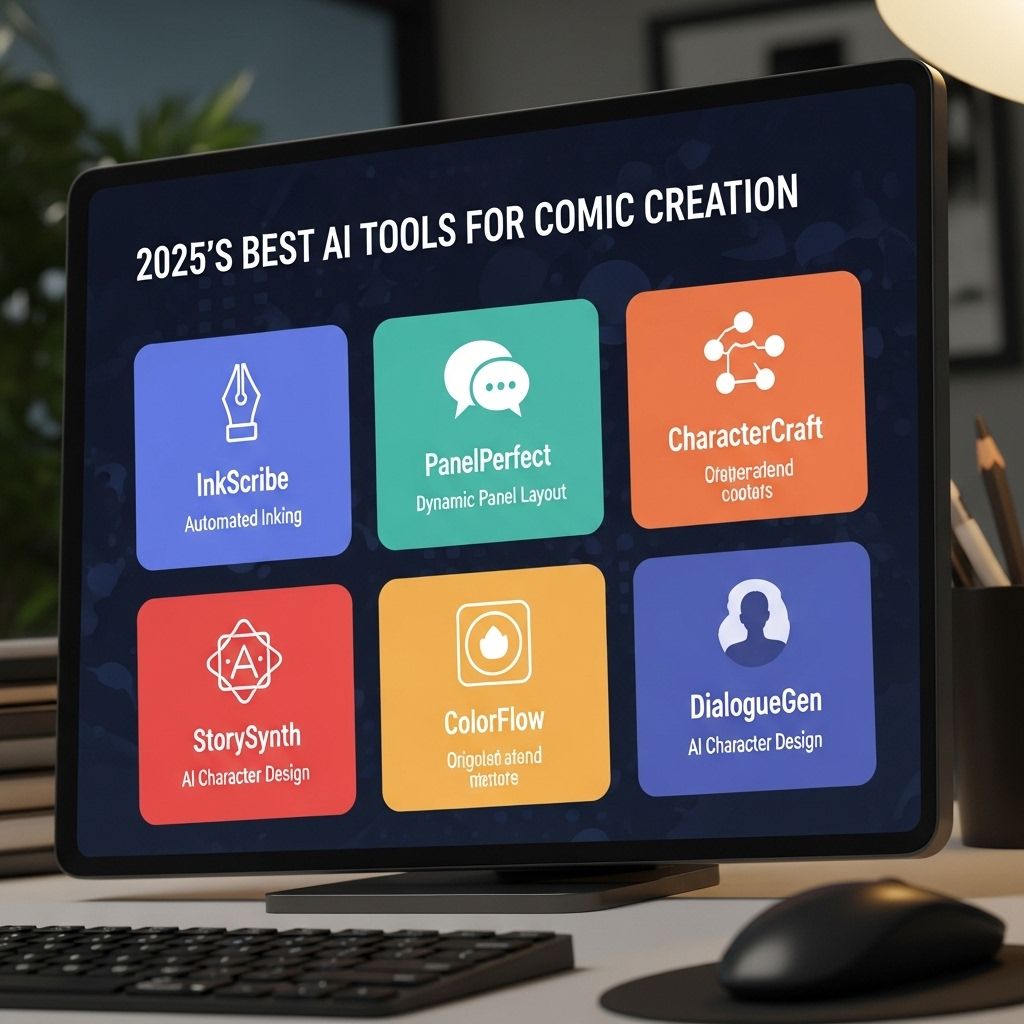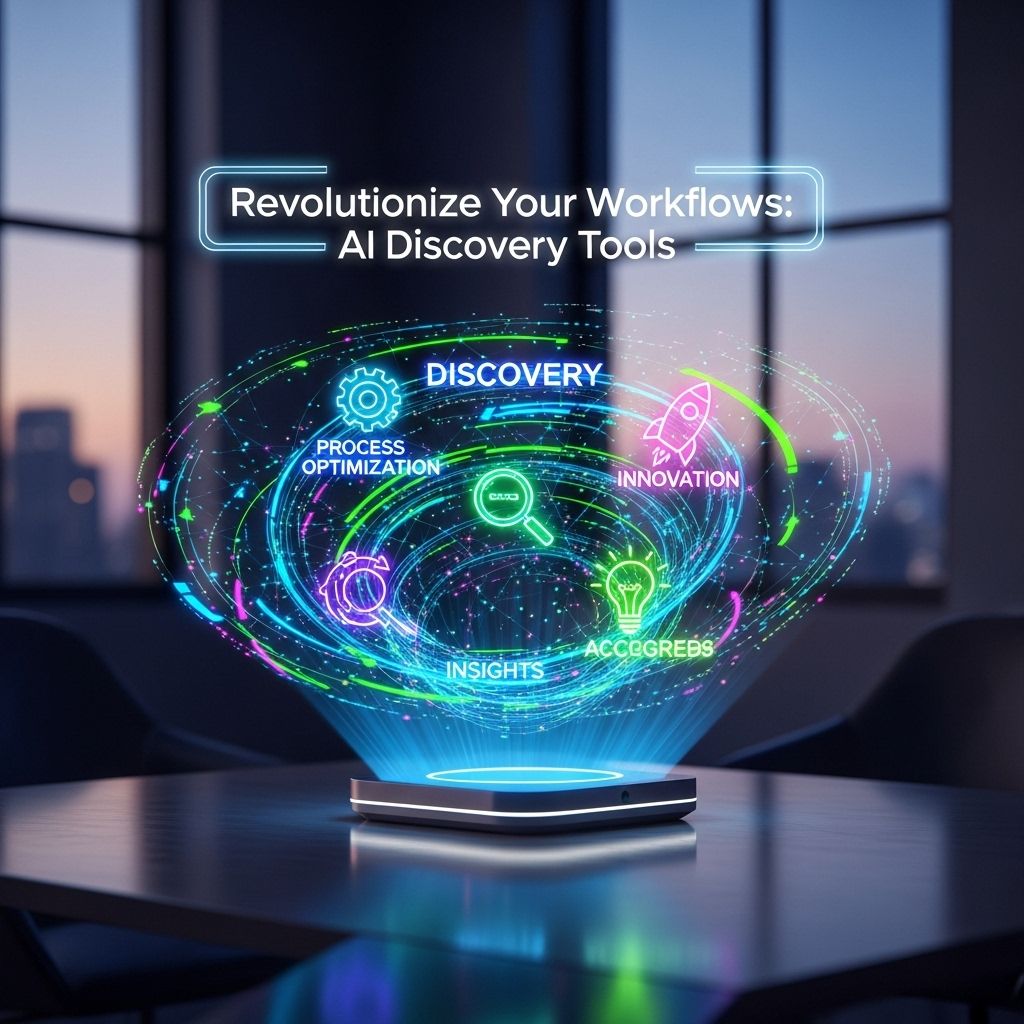Unlock Team Potential with AI Collaboration Analytics
Discover how AI collaboration analytics can enhance teamwork and boost productivity by unlocking your team's full potential.

In today’s fast-paced digital landscape, teams are constantly looking for innovative ways to enhance collaboration and boost productivity. As organizations increasingly rely on data-driven strategies, the incorporation of artificial intelligence (AI) into collaboration analytics has emerged as a game-changer. By leveraging AI, teams can unlock their true potential, identify bottlenecks, and streamline workflows in ways that were previously unimaginable. This article explores the transformative power of AI collaboration analytics, the tools available, and best practices for implementation.
Table of Contents
Understanding AI Collaboration Analytics
AI collaboration analytics refers to the use of artificial intelligence techniques to analyze data generated from team interactions, communications, and workflows. This analysis helps organizations to:
- Identify collaboration patterns
- Measure team engagement
- Spot inefficiencies in workflows
- Enhance decision-making processes
By employing machine learning algorithms and natural language processing, organizations can gain insights into how their teams interact and collaborate, leading to more informed strategies for improvement.
The Importance of Collaboration Analytics
Collaboration analytics is essential for several reasons:
- Informed Decision-Making: By analyzing team dynamics, leaders can make data-driven decisions to improve collaboration and productivity.
- Identifying Bottlenecks: AI can pinpoint areas where collaboration is faltering, allowing teams to address these issues proactively.
- Enhancing Employee Satisfaction: When teams work more efficiently, employee morale improves, leading to higher retention rates.
Key Features of AI Collaboration Analytics Tools
When selecting an AI collaboration analytics tool, consider the following features:
| Feature | Description |
|---|---|
| Real-Time Insights | Provides immediate feedback on team performance and collaboration effectiveness. |
| Sentiment Analysis | Analyzes team communications to gauge employee sentiment and engagement. |
| Integration Capabilities | Seamlessly works with existing tools and platforms (e.g., Slack, Microsoft Teams). |
| Customizable Dashboards | Allows users to tailor metrics and views according to their specific needs. |
| Predictive Analytics | Utilizes historical data to forecast future collaboration trends and outcomes. |
Popular AI Collaboration Analytics Tools
Several tools are currently leading the market in AI collaboration analytics:
- Microsoft Workplace Analytics: Offers insights into how work gets done, helping leaders to improve team productivity.
- Slack Metrics: Facilitates understanding of team communication patterns and project momentum.
- Trello with AI Insights: Enhances project management by analyzing workflow and team engagement metrics.
Implementing AI Collaboration Analytics in Your Organization
To successfully implement AI collaboration analytics, follow these steps:
1. Define Objectives
Clearly outline what you aim to achieve with collaboration analytics. Consider questions like:
- What specific problems are you trying to solve?
- How will you measure success?
2. Choose the Right Tools
Select tools that align with your objectives and existing systems. Ensure they have the necessary features to provide actionable insights.
3. Train Your Team
Provide training for your team on how to use the analytics tool effectively. Foster a culture that embraces data-driven analysis.
4. Analyze and Act
Regularly review the data collected to identify trends and areas for improvement. Implement necessary changes and measure their impact.
5. Iterate and Optimize
Collaboration is an ongoing process. Continuously refine your approach based on feedback and new insights from the analytics.
Case Studies: Success Stories with AI Collaboration Analytics
Several organizations have successfully transformed their collaboration strategies through AI analytics:
Case Study 1: Global Tech Company
A leading tech firm implemented Microsoft Workplace Analytics to better understand employee collaboration patterns. By analyzing data from emails, meetings, and chat interactions, they identified key collaboration blockers that affected productivity. As a result, they restructured teams and improved cross-departmental communication, leading to a 25% increase in project completion rates.
Case Study 2: Marketing Agency
A marketing agency utilized Slack Metrics to assess how communication influenced project timelines. They discovered that certain channels were overly crowded, leading to missed messages and delays. By streamlining communication and promoting the use of specific channels for different projects, they boosted team efficiency by 30%.
Challenges and Considerations
While the benefits of AI collaboration analytics are substantial, organizations must also consider potential challenges:
- Data Privacy: Ensure compliance with data protection regulations to safeguard employee information.
- Resistance to Change: Promote a culture of openness to mitigate resistance from team members reluctant to embrace new tools.
- Data Overload: Focus on key metrics that truly influence productivity to avoid overwhelming teams with excessive data.
The Future of AI Collaboration Analytics
As technology continues to evolve, the future of AI collaboration analytics looks promising. Innovations such as enhanced natural language processing, improved sentiment analysis, and more intuitive user interfaces will drive further advancements. Additionally, as remote work becomes more prevalent, organizations will increasingly rely on these analytics to maintain team cohesion and productivity.
Conclusion
In a world where collaboration is vital to success, AI collaboration analytics offers a powerful means to unlock team potential. By understanding collaboration patterns, measuring engagement, and identifying bottlenecks, organizations can foster a more efficient and satisfied workforce. The journey to implementing AI collaboration analytics may come with challenges, but the rewards far outweigh the struggles. Embrace this transformative technology to not only enhance productivity but also build a more cohesive, innovative team.
FAQ
What is AI collaboration analytics?
AI collaboration analytics refers to the use of artificial intelligence tools and technologies to analyze team interactions and collaboration patterns, helping organizations to enhance productivity and teamwork.
How can AI collaboration analytics improve team performance?
By providing insights into communication flow, identifying bottlenecks, and recommending best practices, AI collaboration analytics can help teams work more efficiently and effectively.
What are the benefits of using AI for team collaboration?
Benefits include improved decision-making, enhanced communication, streamlined workflows, and the ability to pinpoint areas for improvement within team dynamics.
Is AI collaboration analytics suitable for all types of organizations?
Yes, AI collaboration analytics can be beneficial for organizations of all sizes and sectors, including remote teams, corporate environments, and startups.
How does AI collaboration analytics ensure data privacy?
Reputable AI collaboration analytics tools comply with data protection regulations and implement strict security measures to ensure that team data is kept confidential and secure.
What tools are commonly used for AI collaboration analytics?
Common tools include software that integrates with communication platforms, project management tools, and workplace analytics platforms that harness AI to analyze team interactions.

